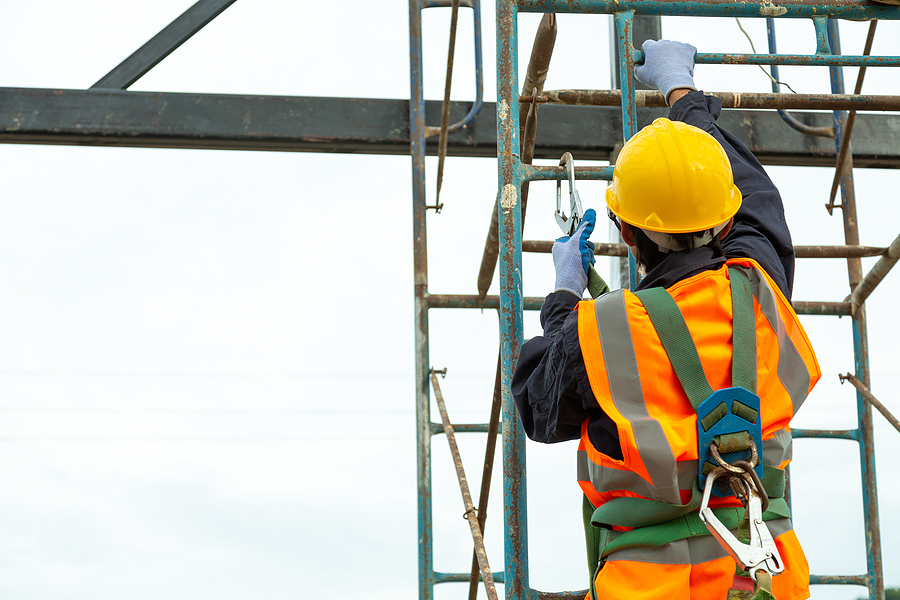Keeping New Mexico’s Construction Sites Safe from Accidental Falls

Accidental deaths among construction workers are most often the result of a fall. The same may be said for job sites in the construction industry in New Mexico. They account for one-third of all fatal accidents that occur on the job in this sector. According to the most recent data from the United States Bureau of Labor Statistics, the failure to utilize appropriate fall protection led to 401 deaths in the construction industry in 2019. Construction falls have the potential to be fatal, but they can also be avoided by employing the following prudent safety practices:
Always keep yourself attached, and make sure you’re wearing a harness.
When operating at heights of 6 feet or above, construction workers are required by OSHA to wear a full-body harness. Always use a lanyard and potentially a deceleration device or lifeline to keep the harness attached to an anchor or a succession of anchor points.
Check that the harness is the right size.
Choosing the appropriate size and ensuring it’s adequately worn can save people’s lives. Check that the D-ring is positioned correctly in the middle of your back, that the chest strap is in the middle of your chest, and that the shoulder and leg straps do not have any slack. The harness should provide a secure fit while allowing complete freedom of movement.
Make use of lifelines and guardrails.
Safety guardrails are installed to act as a barrier in that area to prevent someone from falling off the leading edge of a rooftop. A descending worker is protected from landing on the ground below by lifelines. Learn how to utilize each system appropriately for the various work locations by consulting the Fall Protection in Construction Technical Manual published by OSHA.
Before being used, each piece of fall prevention equipment should be inspected.
At least once every six months, or more frequently if the manufacturer specifies it, a knowledgeable person should inspect fall prevention equipment. Additionally, it is the responsibility of each user to do a pre-work and post-work inspection of the apparatus. Examine the device for any wear or deterioration, such as frayed threads, pulled rivets, burns, wounds, or abrasions. Check the hooks, buckles, and D-rings for any cracks or fractures in the material. Take the equipment out of operation as soon as possible if it is broken or worn.
Protect yourself and your belongings by plugging all holes, openings, and skylights.
To prevent employees from tripping or falling into openings, holes should always be covered, or a guardrail system should be installed around the margins of spaces that are not protected. At least twice as much weight as the combined weight of workers and materials should be supported by hole coverings.
